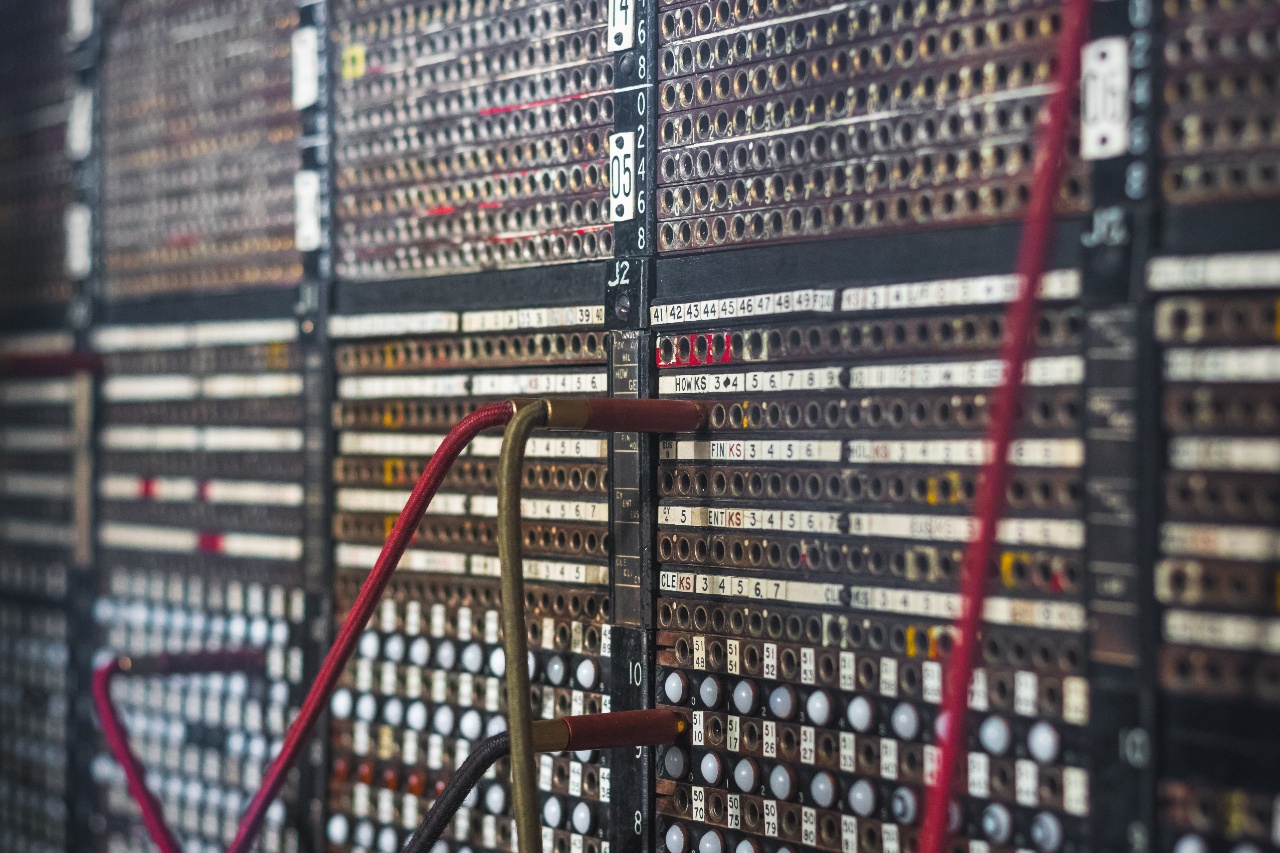Welcome back to our five-part podcast special that literally explains how the internet you know and love works.
Last week we covered the most basic question: what is the internet?
Today, we tunnel deeper, exploring the physical transport networks behind this seemingly invisible, omnipresent information superhighway.
What is the Transport Network?
One of the most important lessons from this entire series is that the vast majority of data is transmitted over physical wires, not over the air, via spectrum. In fact, for much internet traffic, the only part of the journey that is not actually on physical wires is between your device to your Wi-Fi router.
When I explain the transport network, I often like to bring up the Spaceship Earth ride at Epcot. Go with me on this.
If you're not familiar, EPCOT is a theme park at Disney World in Orlando, known for its big silver ball at the front of the park. Well, there's a ride inside the ball all about communication. (This makes sense when you know that the ride was originally sponsored by Bell Telephone and later AT&T.)
There's a scene within the ride where women in 19th-century dresses are sitting at a switchboard connecting cables from one port to another. This is how telephone service really worked. You'd connect to your local switchboard, a person would answer and ask for where you wanted your call directed, say Pennsylvania 6-5000, and they'd plug you into that circuit.
Although an incredible amount has changed, this scene is still useful for understanding the modern internet.
Back then, you were literally connecting a circuit between the two speakers to carry the voice signal, whereas now service providers break traffic up into packets of data that are switched via routers, those packets need a clear path between the original device and the receiving device. The wires–and sometimes spectrum–that help complete that virtual circuit are called the Transport Network.
There's a lot to cover when it comes to fully explaining transport networks. So I've enlisted the help of my colleagues Paul Brodsky, Peter Wood, and Lane Burdette for this one. They help me walk through segments of the transport network, the world of satellites, and submarine cables 101.
It's a stuffed episode that'll prime us for next week's big question: what are data centers?
Subscribe to access all of our episodes:
Apple | Amazon | Spotify | Stitcher | TuneIn | Podbean | RSS
From This Episode
Greg Bryan
Greg is Senior Manager, Enterprise Research at TeleGeography. He's spent the last decade and a half at TeleGeography developing many of our pricing products and reports about enterprise networks. He is a frequent speaker at conferences about corporate wide area networks and enterprise telecom services. He also hosts our podcast, TeleGeography Explains the Internet.
Paul Brodsky
Paul Brodsky is a Senior Research Manager at TeleGeography. He is part of the network, internet, cloud, and voice research team. His regional expertise includes Europe, Africa, and the Middle East.
Peter Wood
Peter Wood is a Senior Research Analyst at TeleGeography. His work is focused on network services and pricing with a regional focus on Latin America and the Caribbean.
Lane Burdette
Lane Burdette is a Research Analyst at TeleGeography. She specializes in internet infrastructure with a focus on submarine cables, data centers, and public policy.







